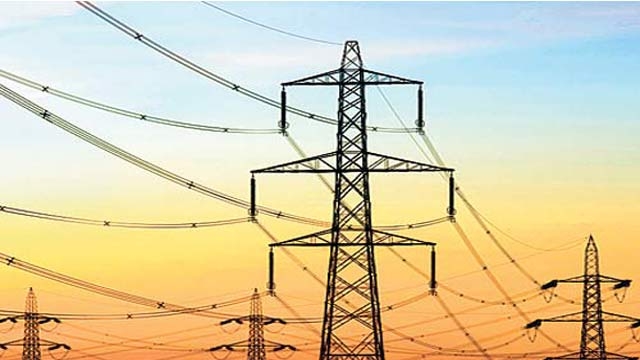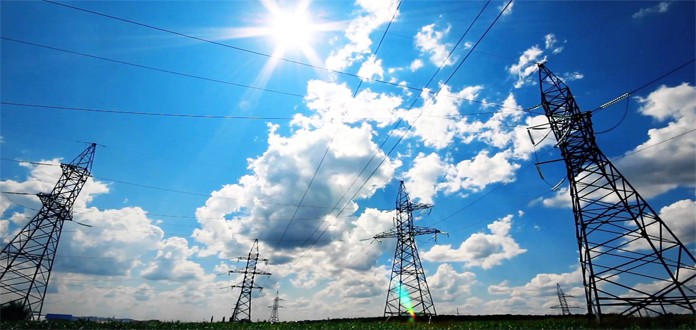About NRG Expert

Simply put, NRG Expert is a company that provides energy market research and intelligence. It compiles reports containing thousands of lines of energy data, which are then sold to leading companies around the world. But, what do these businesses do with this information? The research and information provided by NRG Expert helps these companies make important but difficult decisions about infrastructure and projects and assists them in developing business strategies. With this high quality, reliable data and analysis at their disposal, much of which cannot be found elsewhere, companies are at an advantage over their competitors. This information, in brief, moves businesses up a rung on the ladder to success. Among the numerous reports and databases that have been compiled at NRG Expert, customers will find information on gas & oil, renewable energy, water & waste and electricity to name but a few. All of the information has been expertly acquired from our trusted sou



